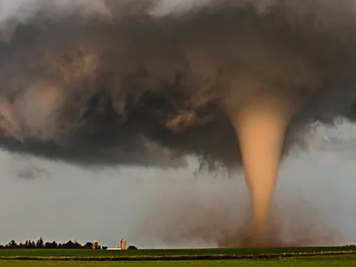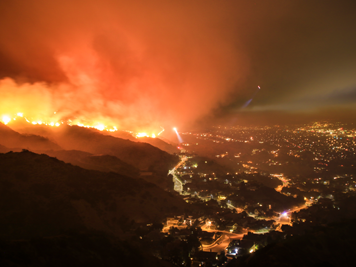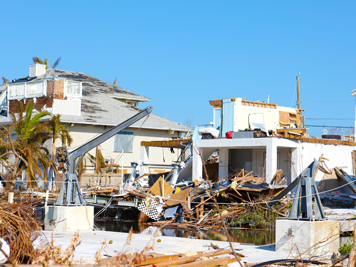Major weather disasters, such as hurricanes, wildfires, floods, and tornados are happening progressively more across the United States including areas not typically impacted by these weather events. These weather trends, combined with inflation and other factors, have contributed to a significant and complex shift in the personal insurance marketplace.
Resources
MunichRE – https://www.munichre.com/en/risks/natural-disasters.html
Climate.gov – https://www.climate.gov/news-features/blogs/2022-us-billion-dollar-weather-and-climate-disasters-historical-context
Insurance Information Institute – https://www.iii.org/fact-statistic/facts-statistics-wildfires
NOAA – https://www.ncei.noaa.gov/access/billions/



